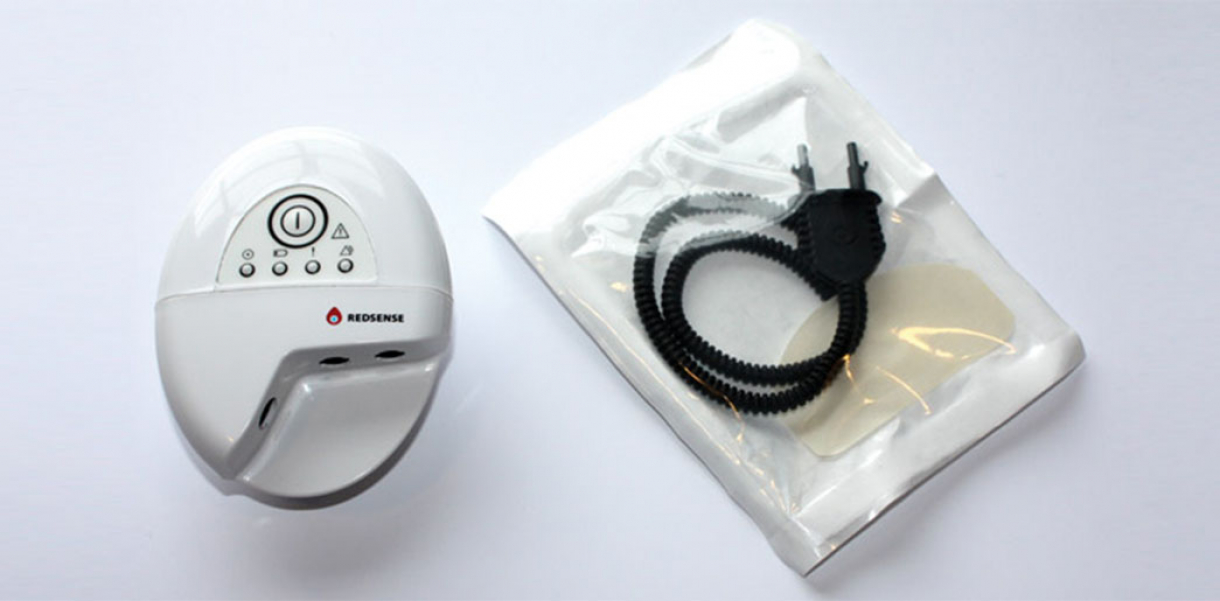Needless to say, urban development has and contiues to have a big impact on the world’s wildlife. But it’s not just habitat destruction that can cause serious problems, even the ways in which we ‘co-exists’ can have an influence. One designer, Anton Willis from Civil Twilight Collective, identified how local streetlights were impacting nesting sea turtles on the Atlantic and Gulf of Mexico shores.
“Sea turtles are particularly interesting because they live almost their entire lives in the sea, but come in to the beach during particular times of night at particular times of year to lay their eggs,” he explained. “When the turtles hatch, they instinctively crawl toward a light source to reach the water.”
The turtle hatchlings interpret whichever major source of light they see as moonlight. In areas where streetlights are on, it’s been known for decades that the young turtles can be thrown off course. Instead of crawling to the water, they head inland toward the lights and they can die of dehydration, Willis said.
While many coastal communities have lighting ordinances now, requiring residents and municipalities to keep bright lights away from turtle-nesting beachfronts, Lunar-Resonant lighting would automatically resolve the issue.
The Lunar-Resonant Streetlights use a sensor to measure and respond to moonlight. The light source is housed in a fixture folded from a single sheet of aluminum. The arc of the shape is inspired by the lunar analemma, a geometrical diagram of the moon’s movement.
Designed by
Civil Twilight LLC, Arizona, United States.






